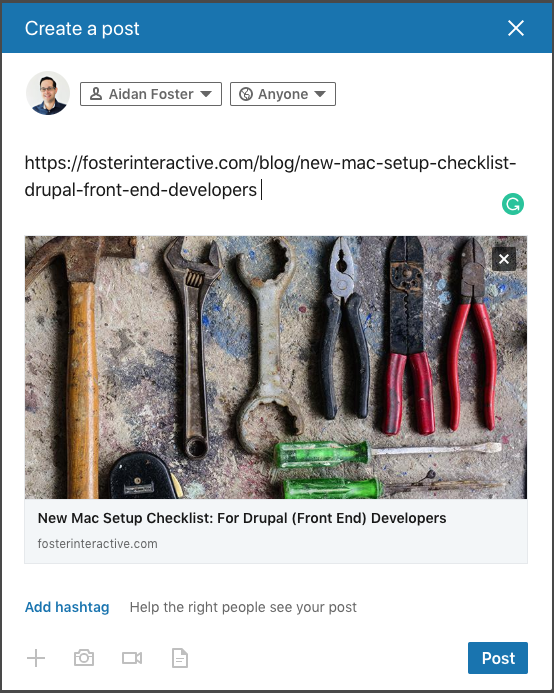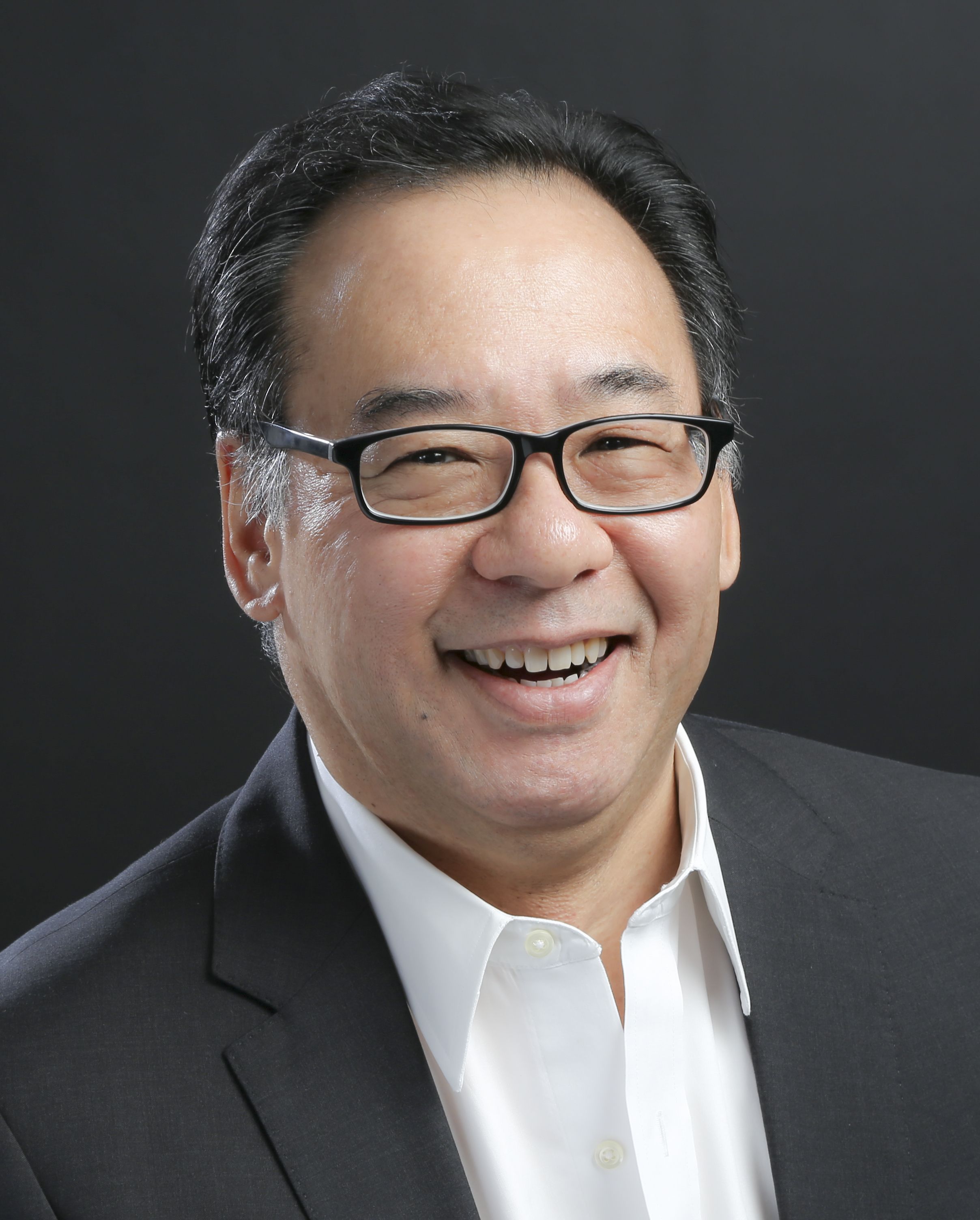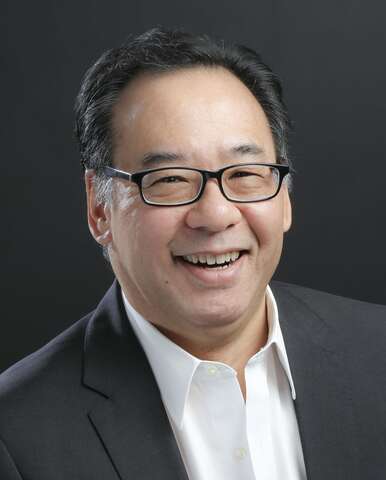Doctors' Notes: Researchers examining why heart attacks on rise among Chinese Canadians
 Republished from the Toronto Star
Republished from the Toronto Star
Heart disease rates are rising rapidly for Chinese Canadians. Our current guidelines for heart health are largely based on studies in white people of European origins — we shouldn’t assume the same advice applies to people of all ethnicities.
Stroke was always the biggest heart problem affecting Chinese populations, due to uncontrolled blood pressure among people with limited access to doctors and medications. In Canada, cardiologists say it was once very rare to see an East Asian patient who’d had a heart attack.
That is now changing. We’re starting to see more Chinese patients with heart attacks in Canadian hospitals. One possible reason may be that when people immigrate, their traditional habits become disrupted, and adapting to new lifestyles can be difficult. For second-generation Chinese Canadians, Western fast foods may be a major culprit. In traditional Chinese diets, rice, noodles and vegetables are common, with small amounts of meat. Sugary desserts rarely factor into the typical meal.
Also, Chinese immigrants — and possibly their children — may be getting less exercise. While visiting China three decades ago, I was amazed at the lack of cars — everyone rode bicycles or walked and many people practised traditional movements like t'ai chi and chi gong in public areas.
Today, with the adoption of more Westernized lifestyles, heart disease, obesity, diabetes and cholesterol levels aren’t just rising among Chinese migrants — they’re exploding in China too.
Unfortunately, we’re not entirely sure why. Ethnic minorities have been under-represented in medical studies that have helped us to identify the causes of heart disease and cancer. Many immigrants are from countries without the same tradition of medical research, and may underestimate how their participation in studies leads to better medical care for their ethnic communities — or the safeguards taken to protect their privacy. Language barriers are also a problem.
My fellow researchers and I are trying to change that. We’re conducting a large multi-ethnic pan-Canadian cohort study called the Canadian Alliance for Healthy Hearts and Minds (Alliance).
We’re studying people of various ethnic backgrounds including white Caucasians, South Asians, East Asians, and indigenous peoples to determine the specific factors that lead to chronic diseases in each group. For example, South Asians and Chinese may gain weight around their bellies, so the traditional body mass index (BMI) — developed largely from studies in white Caucasians — might not be the best measure of being overweight.
The effects of migration on health haven’t been studied nearly enough, so we’ll be asking detailed questions about the way people’s lifestyles may have changed since moving to Canada and comparing that with people born in Canada. We would like to identify which aspects of Chinese and Western diets decrease or increase the risk of developing heart disease and cancer and how living in different neighbourhood environments influences people’s likelihood of smoking, diet, physical activity levels and access to health care.
In addition to questionnaires, everyone in the study undergoes a MRI scan of their brain, heart, liver and neck. We’re measuring heart chamber size using MRI technology so we can learn what the normal weight, wall thickness and volume of the heart is in different ethnic groups. Measuring liver and abdominal fat will let us examine whether this is a better way than BMI to predict who will later develop diabetes and have heart attacks due to obesity. Brain and neck imaging will help to see if it’s possible to predict strokes.
All participants receive personalized information about their heart disease risk and a 3-D image of their heart and brain. The study data will be combined with other health databases to determine chronic disease outcomes and will be anonymized before any analyses are conducted.
Once we know each group’s particular vulnerabilities, we can create heart-healthy guidelines specific to them.
We’ve recruited most of the people needed for the study but we are still actively looking for more participants aged 35 to 69 of Chinese heritage, whether born overseas or in Canada, to join the study. The MRI study visit takes place at Sunnybrook Health Sciences Centre in Toronto. If you’d like to learn more or to join the study, please email us at alliance@ices.on.ca or visit allianceheartsandminds.ca.
Dr. Jack Tu is a professor of medicine at U of T, a senior scientist at the Institute for Clinical Evaluative Sciences and the Sunnybrook Research Institute and a cardiologist at Sunnybrook’s Schulich Heart Centre. He holds a Canada Research Chair in Health Services Research and an Eaton Scholar award from U of T. Doctors’ Notes is a weekly column by members of the U of T Faculty of Medicine.

Optimize this page for search engines by customizing the Meta Title and Meta Description fields.
Use the Google Search Result Preview Tool to test different content ideas.

Select a Meta Image to tell a social media platform what image to use when sharing.
If blank, different social platforms like LinkedIn will randomly select an image on the page to appear on shared posts.
Posts with images generally perform better on social media so it is worth selecting an engaging image.
Jack Tu

Recognizing Work at the Coalface of Education: Valuing Clinician-Teachers
The three major pillars of activity of any academic medical centre (AMC) are patient care, generation of new knowledge, and teaching. In terms of promotions and recognition, however, these pillars have not been equal: success of an individual faculty member is often measured largely in terms of publications of new research findings and grant support for basic science or clinical investigation, whereas promotion up through the ranks on the basis of patient care and teaching has often been slow or even non-existent.
Teaching awards, while important, are not sufficient to appropriately recognize the contribution that teachers make in their daily activities to a core function of an AMC. One of the reasons for this oversight is because there are only a few teachers each year so recognized. In the meanwhile, many others work and teach every day at the “coalface of education,”—in our clinics, wards, and emergency departments—and make sacrifices in terms of time, efficiency, and earning potential in order to devote themselves to the teaching mission.So, what’s their motivation? Clearly, it’s not riches (!) or fame. I would argue that it has to do with a love of teaching itself. For many faculty members, teaching is not just a question of transferring knowledge or coaching the acquisition of skills; instead, it is a question of participating in an important and meaningful way in the development of a learner’s professional self-identity—to have an impact on, and to bear witness to, the process by which a learner becomes a healthcare professional who practices medicine with excellence, compassion, and justice. For many faculty, the opportunity to play such a critical role in this development is in itself worthwhile—despite the long hours, the relative lack of prestige and remuneration, and unfortunately all too often, the lack of formal recognition.
Clearly, the validation and valuation of teaching should be—and is—a top priority for the Department and Faculty of Medicine. But how do we achieve this goal? I think that part of the answer lies in the concept of Creative Professional Activities (CPAs). This is a way of documenting activities and work product in education and patient care—such as curricular innovations and offerings, new teaching approaches and resources, new evaluation techniques or new clinical guidelines—that do not necessarily fit into the rather restrictive category of publications. First pioneered at U of T, CPAs do not exist in most other peer schools (for example, no such mechanism for teachers or clinicians existed at my former institution, the University of Michigan) and represent one of the four major types of activities that may serve as the basis for promotion (the other three being research, education, and administration). While this approach to academic promotion represents a fairly major advance for clinician-teachers, many faculty are not aware of the full potential of CPAs in this process, and CPAs as currently conceived do not provide sufficient evidence of the full measure of the impact of teaching on learners and on their professional development.
So, what’s the answer? In short, it’s not clear. One approach is to develop better ways of registering the impact of the work of teaching—for example, through documentation of the adoption of a new teaching approach by another teacher in another department or institution or the record—in the form of a letter or email for example—from a learner who said that her ultimate career choice was greatly influenced by her wanting to emulate a teacher’s example. But there are more ways to recognize and celebrate teachers and their work.
Another consideration: there are also many clinician teachers at community health centres for whom academic promotion is not a priority. How do we as a department acknowledge and reward their passion for teaching as well?
To this end, Dean Trevor Young has invited Dr. Alison Freeland, the Vice Dean for Medical Education (Regional) and myself to study in depth how to better value clinician-teachers at the University of Toronto Faculty of Medicine. Working with department chairs and vice chairs for education, we have identified an Advisory Group of clinician-teachers and educators at different stages in their careers, in both full-time and part-time positions, in the “downtown” hospitals and community affiliates, who will assist and guide us in this ambitious work. Through focus groups and surveys, we wish to go to the source—clinician-teachers themselves—to ask what it is that motivates them and what would help recognize their tremendous work and achievements. We wish to use these conversations to develop recommendations for the departments and the Faculty of Medicine to make changes that will more effectively celebrate the critically important work of teachers at the coalface where doctors are created.
I would be delighted to hear from you with comments, questions, and suggestions about this subject! Please don’t hesitate to contact me if you wish to contribute to this important conversation.

Optimize this page for search engines by customizing the Meta Title and Meta Description fields.
Use the Google Search Result Preview Tool to test different content ideas.

Select a Meta Image to tell a social media platform what image to use when sharing.
If blank, different social platforms like LinkedIn will randomly select an image on the page to appear on shared posts.
Posts with images generally perform better on social media so it is worth selecting an engaging image.
Dr. Arno Kumagai

Department of Medicine Recruitment Open House
Google map
An event targeted at PGY3s, PGY4s and PGY5s, you'll learn about the criteria required for both clinical and academic appointments and the hospitals' strategic priorities. You'll also have the opportunity to get all your questions answered from senior leadership.

Optimize this page for search engines by customizing the Meta Title and Meta Description fields.
Use the Google Search Result Preview Tool to test different content ideas.

Select a Meta Image to tell a social media platform what image to use when sharing.
If blank, different social platforms like LinkedIn will randomly select an image on the page to appear on shared posts.
Posts with images generally perform better on social media so it is worth selecting an engaging image.


